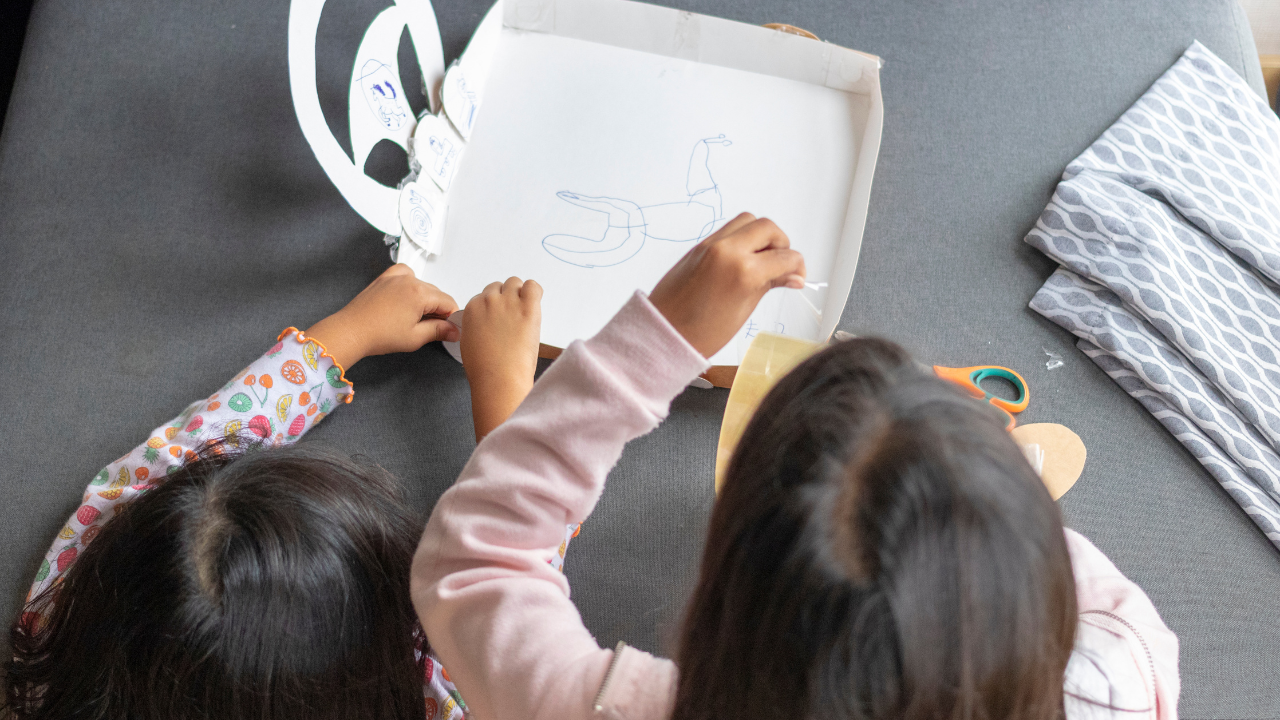How to Track What Your Kids Are Learning

When we first adopted a lifestyle learning approach to education, it felt like we weren’t doing anything.
It didn’t take long before I decided that I needed to keep a record of what my kids were doing and learning throughout the week so that I could identify our weaknesses, reevaluate, and fill in where there were gaps.
Much to my surprise, I discovered something entirely different.
Not only were my children learning, they were exceeding my expectations! I began to realize just how much learning was happening daily, right under my nose. It was the greatest thing I could’ve done for our homeschool.
Instead of causing me to jump track and revert to methods we had used in the past, it reinforced my belief that this approach was and is what is best for my children.

As you begin to track your child’s learning, you’ll discover these things:
Learning is always happening.
Always. The longer you practice lifestyle learning, the more you will discover that your children are learning, observing, exploring, thinking critically, and creating even when you’re not doing anything to make it happen.
Recently we were coming off of a few months of highly unstructured learning due to illness, holidays and more. I had started to wonder if we had gotten too complacent…but then I came across what my kids had been spending their free time doing and it blew me away.
During all of the hours they had spent sitting around the Lego table, they had created a town – each of them having built their own homes – complete with a currency and bartering system, entrepreneurial businesses, and more…and they were holding elections that day for the role of mayor! In fact, I happened to walk in on the campaign speeches they were giving right before they took a vote by ballot, and was able to hear the kinds of discussions they were having during their “play time.” I wasn’t worried after that.
You’ll begin to notice their interests and what draws their attention.
As you track what kinds of activities your children are participating in, the books they’re reading, and the things that are filling their free time, you will begin to see patterns.
My kids have always enjoyed art and are drawn to those kinds of activities frequently, but one day I realized just how often one of my daughters was retreating on her own to pursue sketching. Something she was doing “just for fun” was actually quantifiable by educational standards.
Another one of my children often goes into the woods to find branches to carve and shape. Once I realized how much time he was pursuing this on his own, I was intentional to equip him with resources and tools that help him build on those interests.
Some days are slower than others, but it all evens out in the end.
I keep a record of learning all year long. We are much less structured in the summertime in our house, but the learning doesn’t stop because my children have embraced it as a lifestyle. Even though they’re on “break”, the summer months are ripe with invitations to explore, observe, and create – and a ton of natural, delight-led learning happens during that time.
As you track your children’s learning in this way, you’ll realize that there never really is a day that your children aren’t learning. You’ll find ways to encourage that and keep them interested, and you will be able to fill in an attendance sheet with confidence for any state records you need to keep.
The Practical Application
With a more traditional course, parents plan what they want their child to study. There is a comfort and confidence available to us in knowing exactly what to expect out of the experience; we can easily gauge knowledge acquired and evaluate whether or not we met our educational goals.
With lifestyle learning, we are looking at education from a different perspective. Instead of planning, we observe.
An effective way to do this is by logging of what your child does throughout the day. This is not as big of a time commitment as it seems.
This can be as simple as using a daily planner or even just a notebook to write down what your child does each day. Include skills they practiced or new information they learned.
Done daily, this only takes a few minutes.
For example, if your kids play UNO together, young learners are practicing number and color recognition, and matching skills. They are also utilizing critical and strategic thinking. Those are all things that could be included in a log.
It won’t take long before you realize just how much learning was happening in your home each day!



